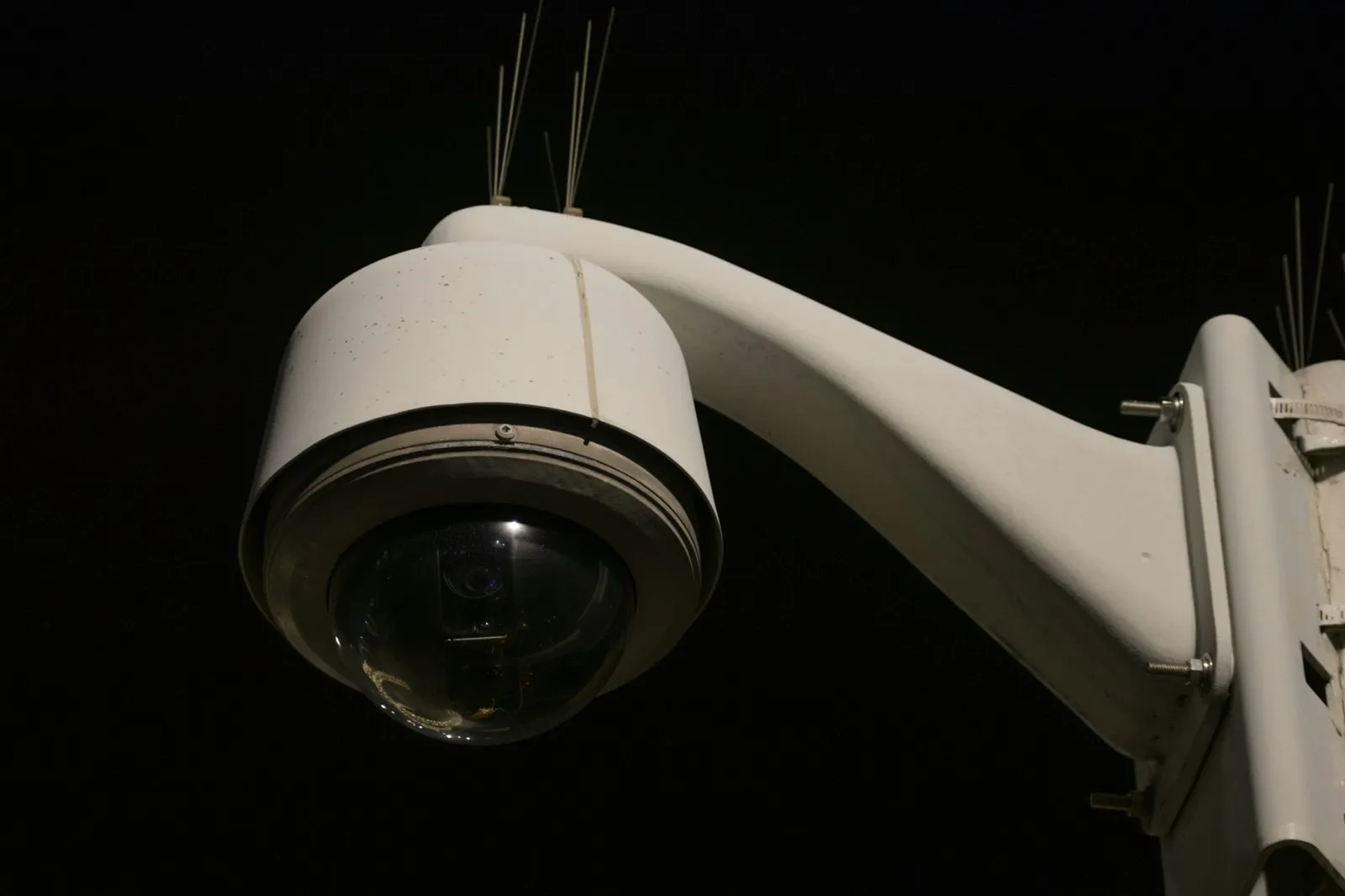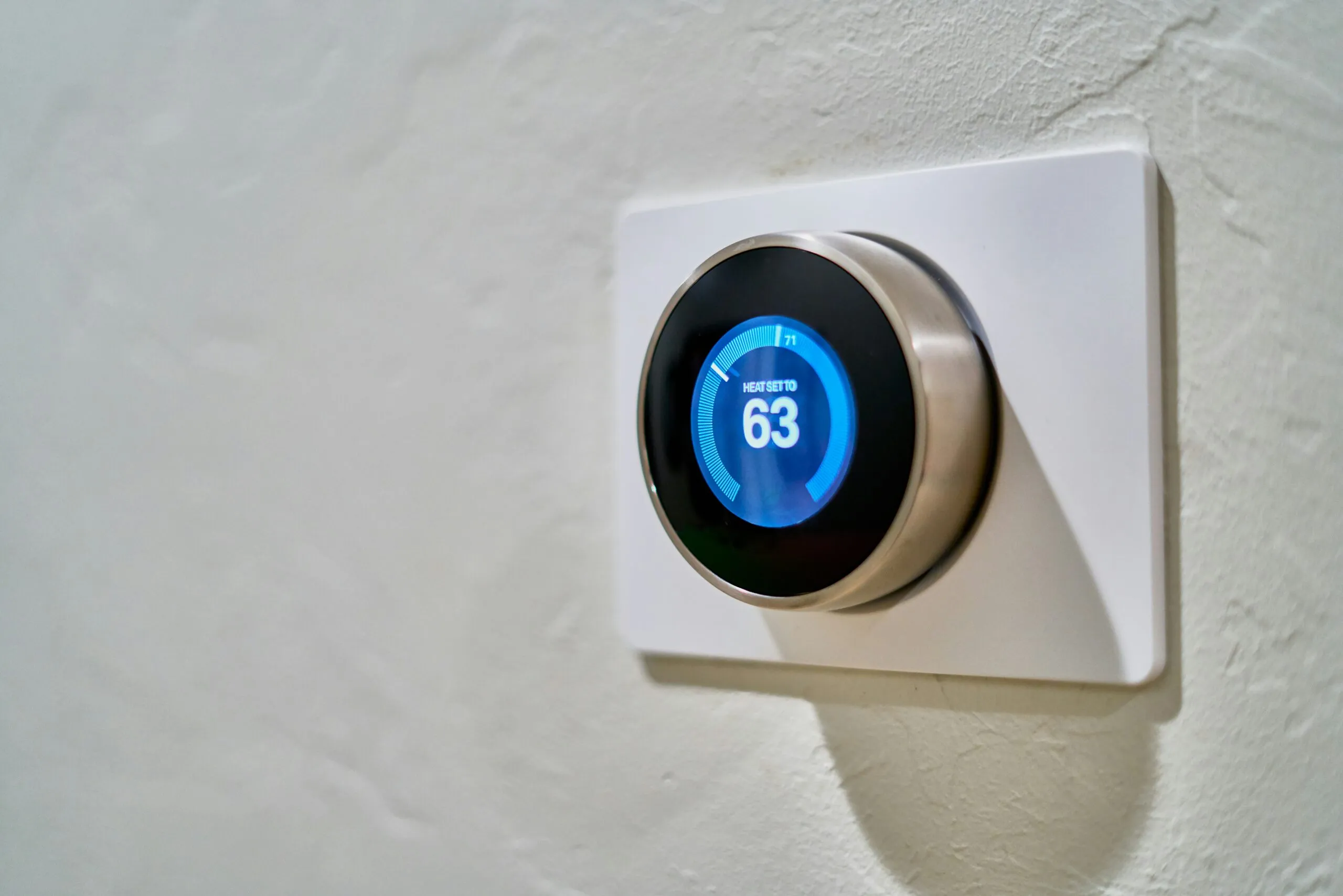
Introduction to Smart Home Security Cameras
Over the past few decades, home security systems have evolved significantly, transitioning from simple lock-and-key mechanisms to complex electronic systems designed to provide comprehensive monitoring and protection. The advent of smart home technology has revolutionized this field, allowing homeowners to integrate advanced security measures with their everyday living. Smart security cameras are at the forefront of this evolution, offering enhanced features that set them apart from traditional security cameras.
Smart security cameras utilize internet connectivity to enable real-time monitoring, notifications, and control from remote locations. Unlike conventional cameras that often operate independently, smart cameras integrate with other smart home devices, providing a cohesive security solution. Key features of these cameras include motion detection alerts, two-way audio capabilities, and cloud storage for recorded footage, which allows for easy access from smartphones or tablets. This level of connectivity enables homeowners to monitor their premises anytime and from anywhere, greatly increasing peace of mind.
Another crucial aspect of smart security cameras is their ability to operate effectively in low light conditions. Night vision technology is essential for any security system, as it ensures continuous surveillance even after sunset. Smart cameras equipped with infrared sensors can capture clear images and video footage in complete darkness, thus providing uninterrupted monitoring. This feature is particularly important for those who wish to enhance their home security, as potential intruders often prefer to operate under the cover of darkness.
As we delve further into the capabilities and benefits of smart security cameras, it becomes clear that their integration into home security systems represents not just a trend, but a necessary advancement in the ongoing effort to protect our homes and families. Understanding the function and significance of these devices paves the way for informed decisions regarding home safety measures.
The Importance of Night Vision in Home Security
Night vision in home security cameras plays a crucial role in safeguarding residences, as a significant portion of burglaries occur under the cover of darkness. According to the Federal Bureau of Investigation (FBI), about 60% of burglary incidents happen at night, highlighting the essential need for adequate nighttime surveillance solutions. Therefore, equipping security systems with advanced night vision capabilities becomes paramount in ensuring 24/7 protection.
There are primarily two types of night vision technologies used in security cameras: infrared (IR) technology and low-light capabilities. Infrared cameras utilize IR illuminators that emit light invisible to the naked eye. This feature enables cameras to capture clear images in complete darkness, up to a certain range, which is essential for monitoring entrances and driveways during nighttime hours. Conversely, low-light capability cameras amplify existing light, allowing them to function effectively even in poorly lit environments. These systems can deliver color images in low-light conditions, which may provide additional details that black-and-white infrared cameras cannot.
Understanding the different night vision technologies available is vital for homeowners to make informed choices in enhancing their home security. Not only do these cameras deter potential criminals, but they also allow homeowners to monitor activity at all times, providing peace of mind. Furthermore, the presence of a visible security camera equipped with night vision can significantly reduce the likelihood of criminal activity. Studies have shown that properties equipped with visible security systems are less attractive targets for burglars. Thus, investing in a quality security camera with night vision technology is an essential step for improving home safety and effectively mitigating risks of nighttime theft.
Top Smart Home Security Cameras with Night Vision
In the realm of home security, smart cameras equipped with night vision capabilities are essential for ensuring comprehensive surveillance, even during low-light conditions. Below, we review some of the top contenders in the market that offer a combination of quality, functionality, and value.
One notable option is the Arlo Pro 4. This camera offers 2K video quality and an impressive night vision feature that utilizes color night vision, allowing for detailed footage in low-light environments. Its advanced motion detection can distinguish between people, animals, and vehicles, making it a smart choice for those looking to minimize false alarms. Additionally, with options for local storage and cloud storage, Arlo Pro 4 caters to a range of preferences and uses.
An excellent contender is the Ring Stick Up Cam. Known for its versatility, this camera can be placed indoors or outdoors and provides 1080p HD video. Its infrared night vision ensures clarity in darkness, while its two-way audio feature allows users to communicate through the camera. Furthermore, integration with the Ring App supports mobile alerts and video sharing, making it an ideal solution for those invested in smart home ecosystems.
The Nest Cam (battery) also stands out in this category. Featuring a high-definition video feed and intelligent night vision, it provides a seamless user experience through integration with Google Assistant. With powerful AI-driven motion detection capabilities, users receive immediate alerts when unusual activities are detected. The option for battery-powered or wired operation allows for flexible placement, appealing to a wide range of users.
Lastly, the Wyze Cam v3 deserves a mention for its affordability paired with robust features. It captures 1080p HD video and offers color night vision technology at a competitive price. The Wyze app supports local and cloud storage, as well as customizable motion detection settings, further enhancing its appeal for budget-conscious homeowners without sacrificing quality.
Overall, each option reviewed provides a unique set of features suited for various preferences and budgets, making them top choices for enhancing home security through smart technology.
Tips for Installing and Using Smart Security Cameras
When it comes to enhancing home safety through the use of smart security cameras with night vision, proper installation and usage are crucial for maximizing their effectiveness. One of the first considerations is the optimal placement of the cameras. Ideally, they should be installed at key entry points, such as doors and windows, where potential intruders are most likely to attempt to enter. Height is also a necessary factor—mounting cameras at least eight to ten feet off the ground can help prevent tampering while ensuring a wide field of view.
Furthermore, consider the camera’s angles; an upward angle can capture the face of anyone approaching a door, while a downward view can help monitor a larger area. It’s essential to test camera placement prior to final installation. Viewing live footage on a mobile device can provide insight into how much area will be covered and if any adjustments are necessary. Keep in mind that lighting significantly impacts the effectiveness of night vision capabilities. Placing cameras in well-lit areas enhances visibility, while fully dark spaces may require built-in infrared capabilities.
Maintaining your smart security cameras is just as important as the initial setup. Regularly cleaning the camera lenses and ensuring that the software is up-to-date can prevent unforeseen malfunctions. Familiarize yourself with the camera’s settings, specifically night vision modes, to tailor the camera’s performance to suit various environments. Additionally, integrating smart security cameras into a broader home security system can enhance efficiency and alert you of any suspicious activity instantly. By implementing these strategies, you can effectively utilize smart security cameras to improve protection and peace of mind in your home.
